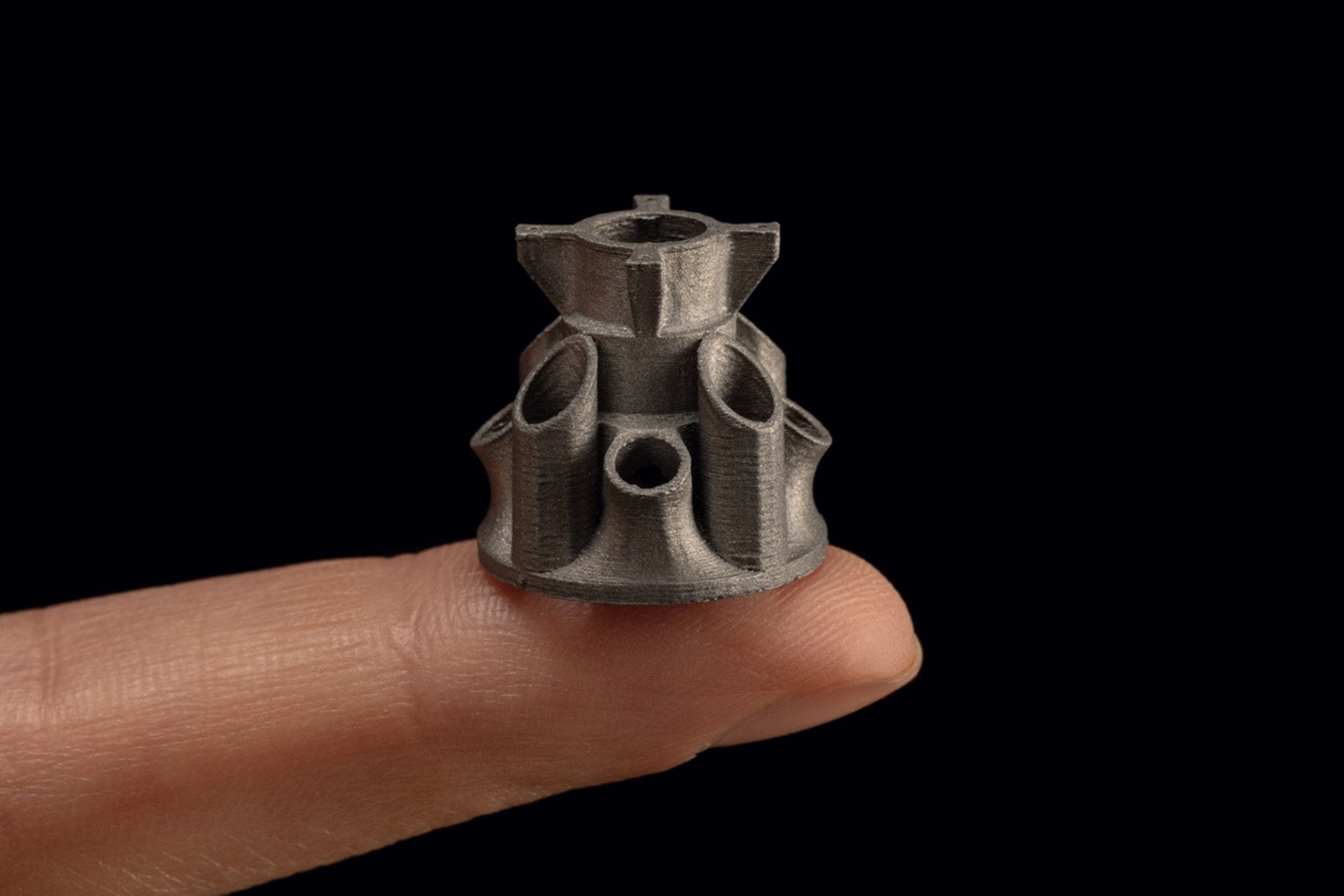
Few things are more hardcore than 3D-printing metal. We can think of just two off the top of our head: Pressure cookers and cave diving. That’s about it. The point is, 3D-printing metal is really cool.
One of the leaders in the hardcore industry is the aptly named Desktop Metal, a company that’s practically hell-bent on making this hardcore technology accessible, not just for the military industrial complex, but for the civilian industrial complex as well.
Last year, the company launched two new systems: DM Studio and DM Production. These printers promised to handle all steps in the metal printing process — from early stage prototyping to mass production — using a proprietary “microwave enhanced sintering” that makes its process as straightforward as printing plastic.
Now, it has added two new tools to the Desktop Metal suite. The first is Studio System+, a system that expands on the company’s flagship printer by offering more functions and the ability to print smaller metal parts with higher resolution. Users can also livestream the build in real time, a perfect feature for those of us who like to watch our pizzas cook in the oven.
The second, Studio Fleet, is a bundled system of printers, debinders, and furnaces that support rapid fabrication of high-quality, complex metal pieces, according to the company. Studio Fleet can be ordered in 3:1:1 or 5:2:1 (printers:debinders:furnaces) configurations.

“The production of metal parts in low volume and high resolution presents significant challenges to manufacturers,” Ric Fulop, Desktop Metal CEO, told Digital Trends. “For the first time, the Studio System+ and Studio Fleet enable batch processing for low-volume production of complex metal parts in-house. We’ve designed the technology to be an end-to-end solution, reducing both cost and lead time.”
Both systems are intended for industry companies interested in prototyping or mass manufacturing, from fabricating customized prototypes to replacement parts.
Desktop Metal is selling its Studio System+ printer for $60,000. The Studio Fleets sell for $235,000 for the 3:1:1 and $315,000 for the 5:2:1 configuration.
“Trillions of dollars are spent annually producing metal parts and we are just at the beginning of a 3D-printing revolution,” Fulop said. “We expect significant adoption of metal 3D printing over the next decade as technology develops and becomes more affordable and accessible to manufacturers.”


